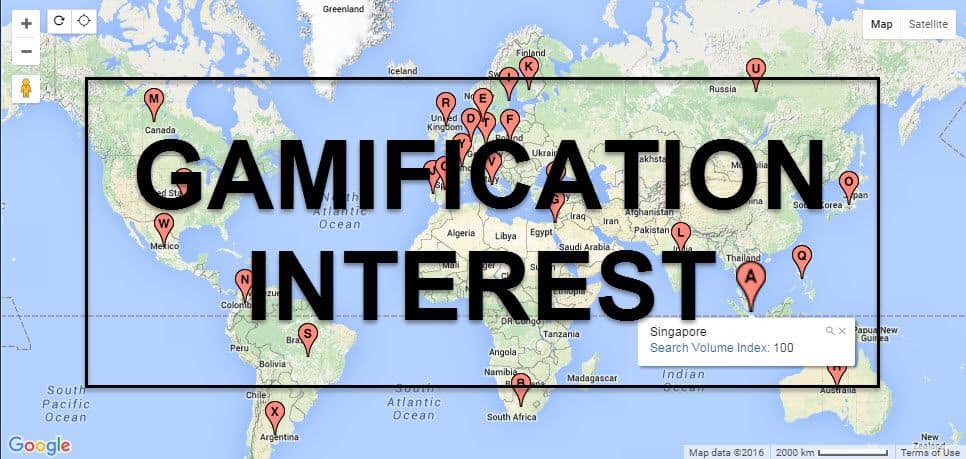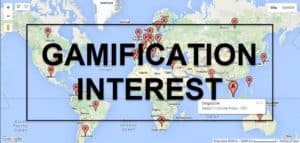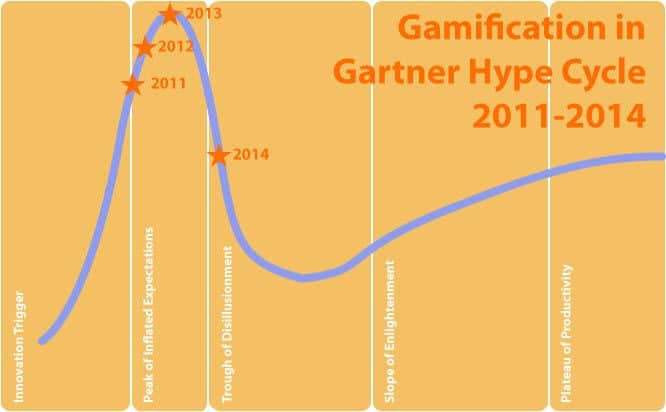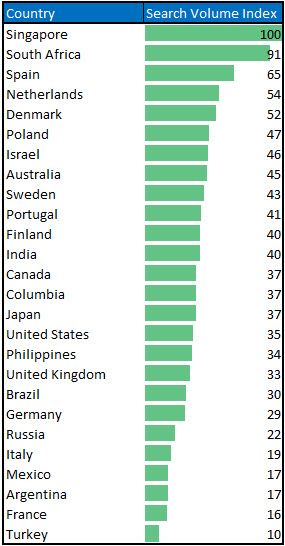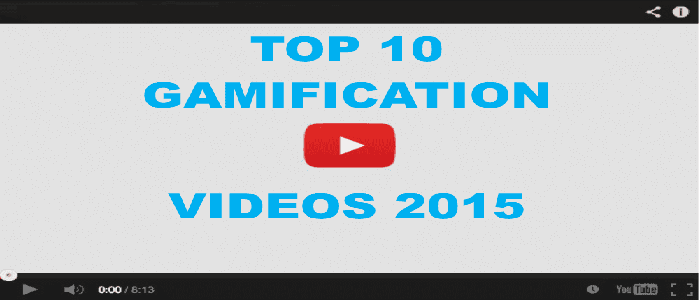What countries have shown the most interest in gamification? This interactive map shows gamification interest by country.
Click any of the letters to see their rank.
Have you ever wondered how popular gamification is right now? How is gamification trending over the past 12 years?
Google Trends displays some very interesting data in this regard. Surprisingly it is even opposite of what you might think.
Most trends get started from the largest populated countries. Normally, densely populated countries would produce a higher quantity of keyword searches.
According to Google, recent gamification interest trends are coming from some of the least populated countries in the world.
Table of Contents
[toc]
Before we get into the visual dynamic infographic showing gamification keyword searches. Let us briefly expand our knowledge base on what Google Trend is and how it works.
Google Trends
What Is Google Trends?
According to Wikipedia Google Trends is describes as follows:
Google Trends is a public web facility of Google Inc., based on Google Search, that shows how often a particular search-term is entered relative to the total search-volume across various regions of the world, and in various languages. The horizontal axis of the main graph represents time (starting from 2004), and the vertical is how often a term is searched for relative to the total number of searches, globally. (Source)
Google Gamification Trends Since 2004 to Present
According to Gartner’s Hype Cycle, gamification really began to take off in 2011, which corresponds with Google’s Trend graph. Also, the graph shows how dramatically gamification has been trending downward this year.
Gartner Hype Cycle
Here are several great articles explaining the progress of gamification through the Gartner Hype Cycle.
- Gamification: Evidence on its Effectiveness After the Hype
- The Hype is Over – Gamification is Here to Stay
- Into the Trough: Gamification in the 2014 Gartner Hype Cycle
- Following Gamification Through Gartner’s Hype Cycle
As expected, gamification is now on the “Through of Disillusionment“, with a prediction to reach the “Plateau of Productivity” in two to five years. (Source)
According to Gartner’s Gamification 2020 report, combined with other emerging trends and technologies, Gartner predicts that gamification will have a significant impact on:
- Innovation
- The design of employee performance
- Globalisation of higher education
- Emergence of customer engagement platforms
- Gamification of personal development
How To Understand Rank Of Google Trending Stories?
You can read about how to understand Google Trending Stories.
Trending Stories rely on technology from the Knowledge Graph across Google Search, Google News, and YouTube to detect when topics are trending on these three platforms.
The Knowledge Graph enables our technology to connect searches with real-world things and places. The algorithm for trending stories groups topics together that are trending at the same time on Google News, Google Search, and YouTube and ranks stories based on the relative spike in volume and the absolute volume of searches. (Source)
How To Read The Google Trends Graph?
Sometimes technical data driven graphs can be difficult to decipher. See reading Google Trend Graph for a better understanding.
Hover your mouse over the graph. The numbers that appear show total searches for a term relative to the total number of searches done on Google over time. A line trending downward means that a search term’s relative popularity is decreasing. But that doesn’t necessarily mean the total number of searches for that term is decreasing. It just means its popularity is decreasing compared to other searches. (Source)
How To Calculate Google Trends Interest?
Now for a little bit of mathematical equations. Everybody loves math right? Here is the formula for the Google Trend Interest Calculation.
Interest is calculated as follows:
search interest = (# of queries for keyword) / (total Google search queries)Search interest is both indexed AND normalized, meaning the 0 – 100 values are relative, not absolute, measures. This is done by taking all of the interest data for your keywords and dividing it by the highest point of interest for that date range. (Source)
This Interactive Map Shows Gamification Interest By Country
Looking at the keyword search volume index, I noticed that it did not list every country. In fact it only shows 26 countries who have searched for the keyword “gamification”.
Trend Interest Calculation
Google Trend Interest Search Volume Index calculation: search interest = (# of queries for keyword) / (total Google search queries).
For example.
Spain has a Search Volume Index of 65.
Search Volume Index calculation: 65 = # of queries for the keyword “gamification”within that particular country (116923.0769) divided by total Google search queries for the keyword “gamification” (currently 7.6 million).
Simplified equation looks like this: 7,600,000 ÷ 116,923.0769 = 65.
Gamification Search Volume Index
Both map and index does not list all countries. It appears that Google does not display any country that has an Search Volume Index below 10. These are the top 26 countries searching for the keyword gamification.
The Index does not list China since Baidu is their search engine instead of Google. As a result of the fact that Baidu’s search engine is written in Chinese data from China is not represented.
I would have thought that the United States might have been quite a bit higher in the Index. I have seen so much talk in the US about increasing employee engagement, online learning, and reward systems. Consequently, it is shocking to see how low the US has been ranked.
Congratulations to Singapore for ranking #1 on the leaderboard for this interactive map shows gamification interest by country.
Conclusion
Let me know what you thin in the comments below. I hope this interactive map shows gamification interest by country has helped you to understand how to use Google Trends.
- Charles Schwab Gamification Motivation - September 15, 2016
- Top 10 Gamification Videos 2015 - August 24, 2016
- Audio Bible Messages From Pastor Dade Ronan - July 26, 2016

